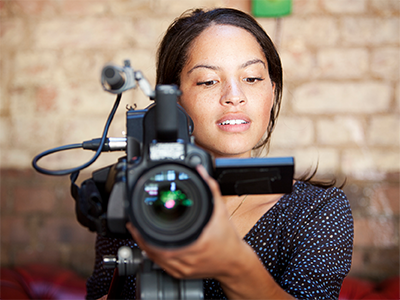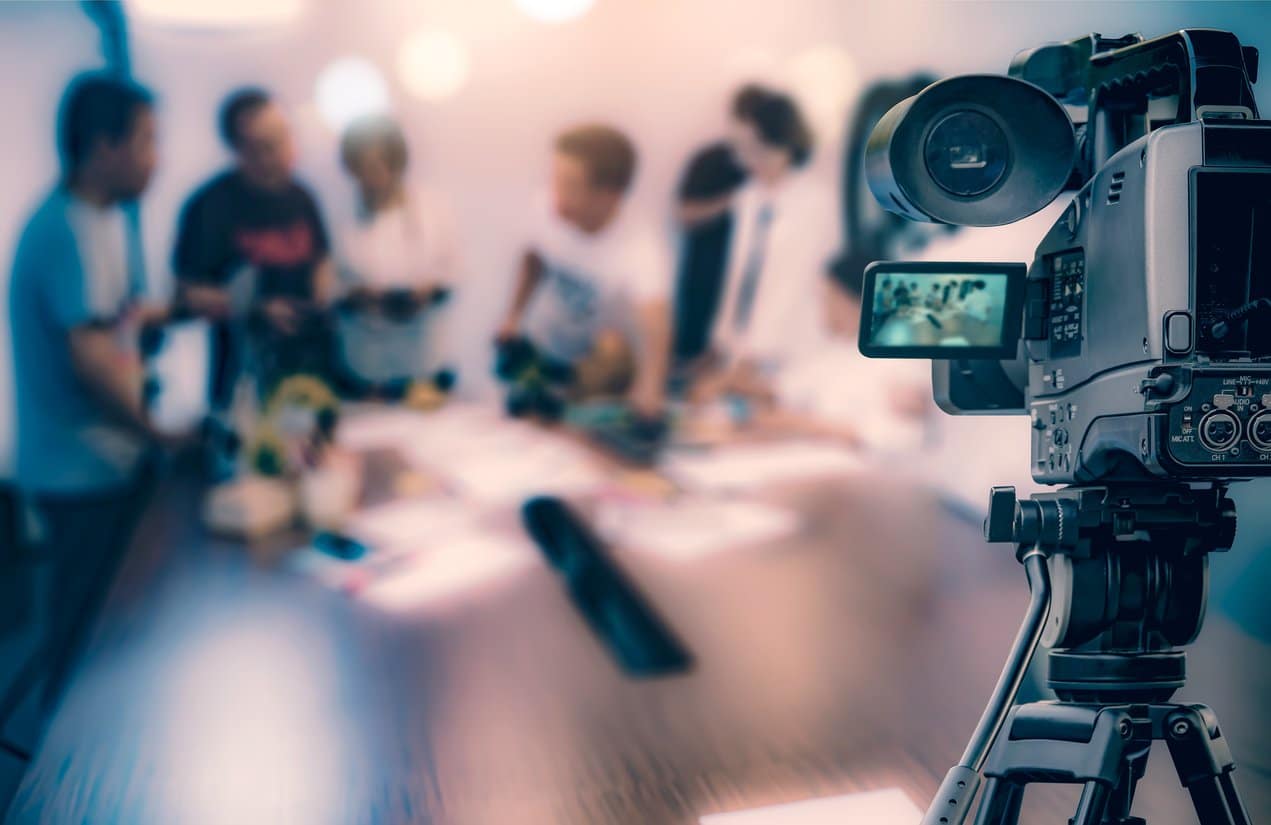High-Resolution Legal Videography for Critical Evidence Recording.
The Function of Legal Videography in Depositions and Trials
Lawful videography has arised as a vital tool in both depositions and trials, giving a complex technique to recording witness testimonies. By recording not just the spoken word but also the subtleties of non-verbal communication, this medium improves the reliability of testaments and maintains important proof for future proceedings (legal videography). As legal experts increasingly acknowledge its value, it prompts a much deeper exam of how these aesthetic documents can influence juror assumptions and trial results. What implications might these advancements hold for the future of lawful method?

Relevance of Legal Videography
Legal videography plays an essential function in the documents and discussion of depositions and trials. This customized field incorporates technical skills with lawful expertise to produce a reputable record of proceedings that can significantly affect instance outcomes. The aesthetic facet of legal videography improves the understanding of witness testament, enabling jurors and courts to observe not only the talked words yet also the disposition, feelings, and body movement of the witnesses.
Additionally, legal videography gives an objective account of occasions, minimizing the possibility for misconception that can occur with created transcripts alone. This aesthetic documents offers as an important tool during test discussions, helping with a more clear and more persuasive narrative for both plaintiffs and defendants. Furthermore, the ability to replay video segments throughout court procedures enables lawful teams to highlight bottom lines, enhancing their disagreements efficiently.
The significance of legal videography expands beyond the court room; it also plays an important duty in preserving proof for future reference, whether for allures or further lawsuit. Its integration into the legal procedure is necessary for guaranteeing a fair and precise depiction of the truths, eventually adding to the quest of justice.

Process of Legal Videography
While capturing the subtleties of depositions and trials, the procedure of lawful videography involves a number of essential actions that make certain high-quality, accurate recordings. At first, an expert lawful videographer prepares by reviewing the instance materials and comprehending the specific needs of the deposition or trial. This preparation includes acquainting themselves with the individuals and the context, which aids in catching important details.
On the day of the recording, the videographer establishes the essential devices, which generally includes high-definition cameras, microphones, and correct lights. Ensuring optimal angles and audio quality is critical, as it straight impacts the performance of the recording. The videographer connects with lawyers and participants to establish procedures, making sure that every person understands the recording procedure.
During the deposition or test, the videographer diligently tape-records the process, paying attention to both verbal and non-verbal signs. This consists of capturing the temperament and reactions of witnesses and attorneys. After the session wraps up, the videographer might edit the video for clarity and conformity with legal requirements, producing an end product that accurately reflects the proceedings for future referral and usage in lawful contexts.
Benefits in Depositions
The consolidation of videography in depositions provides many benefits that boost the general procedure of gathering proof. One main advantage is the capacity to catch witness testimonies with visual and auditory integrity, supplying a much read this article more exact representation of the witness's demeanor, tone, and body language. This multidimensional technique permits attorneys and juries to assess credibility better than conventional written transcripts alone.
Furthermore, videographed depositions act as an effective tool for protecting testament. Should a witness ended up being inaccessible for test, their videotaped deposition can be played in court, making sure that their proof continues to be accessible and relevant. This aspect considerably lowers the danger of losing important information that could influence situation outcomes.

Last but not least, videography improves the general professionalism and trust of the deposition process, instilling self-confidence in customers concerning the thoroughness of their lawful representation (legal videography). By leveraging modern technology, lawyers can significantly improve the performance of depositions
Effect On Trials
In many trials, the integration of videography can considerably influence the discussion of evidence and the court's perception. Lawful videography captures witness testimonies and vital proof in a dynamic layout, enabling jurors to engage with the material on numerous levels. This aesthetic part boosts the storytelling element of a trial, supplying context and emotional vibration that conventional text-based evidence may do not have.
In addition, video clip recordings can function as effective devices for impeachment throughout cross-examination. When discrepancies arise in between a witness's prior declarations and Continued their court room statement, video clip proof gives an unbiased reference that can sway jurors' viewpoints. This immediacy and clarity can bolster the reliability of an event's narrative while concurrently threatening opposing arguments.

Future Trends in Legal Videography
As we look towards the future of lawful videography, numerous arising fads promise to reshape its role within the court. One substantial pattern is the combination of fabricated intelligence (AI) in video clip evaluation and modifying. AI can improve sites the procedure of recognizing key moments in tape-recorded depositions, permitting lawyers to quickly access appropriate content, thus boosting effectiveness in case preparation.
Furthermore, the surge of digital truth (VIRTUAL REALITY) and augmented fact (AR) technologies is expected to change just how jurors experience evidence. legal videography. By immersing jurors in a substitute setting, these technologies can give an extra extensive understanding of complex circumstances, leading to more educated considerations
Furthermore, the boosting need for remote depositions, increased by the COVID-19 pandemic, will likely proceed. Lawful videographers will need to adjust to new software and platforms to ensure premium recordings in online setups.
Lastly, the growing focus on data security will certainly necessitate more stringent methods for keeping and sharing video clip evidence. As the lawful landscape advances, legal videographers should stay abreast of these trends to keep their relevance and effectiveness in the judicial process.
Final Thought
In recap, lawful videography offers an essential feature in the judicial procedure, improving the honesty of depositions and tests. By capturing the subtleties of witness statements, this medium not only protects essential evidence yet likewise help in offering information efficiently to jurors. The relevance of visual paperwork in examining integrity and helping with cross-examination can not be overemphasized. As technology remains to develop, lawful videography is positioned to further transform its duty within the legal landscape.